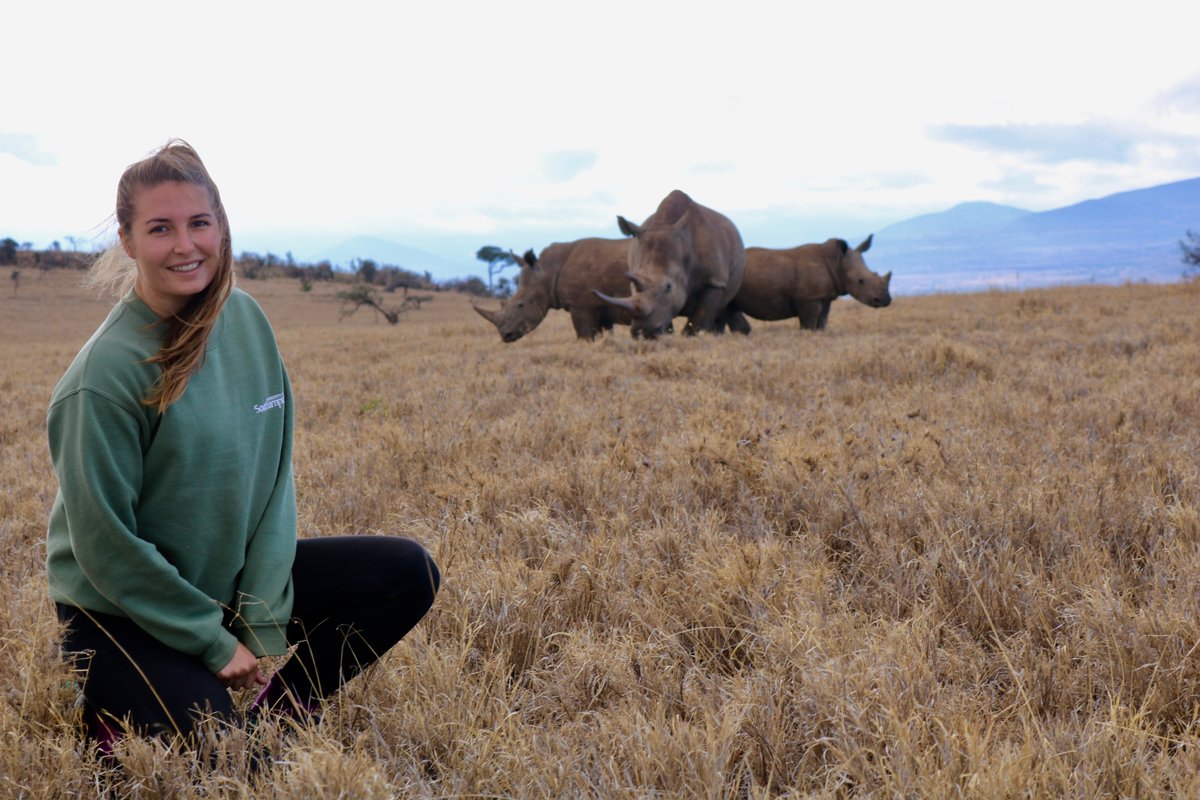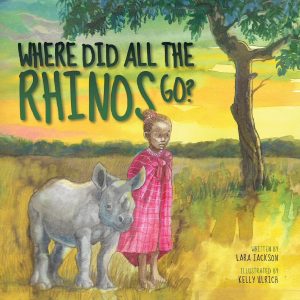Big Interview | Lara Jackson
Published: 29th September 2021
Published: 29th September 2021
Lara Jackson is a wildlife photographer and conservationist who has used her passion for protecting wildlife to write a children’s book. We talked to Lara about learning to protect our planet from a young age, and what we can all do to help.

I strongly believe that the decisions the next generation make will determine the future of our planet and, because of this, I think we need to introduce and teach conservation topics at a younger age. To get people to care about nature, we need to help people create a connection to wildlife and the planet. Rhinos are a species very close to my heart and they’re in trouble. I often think that issues like poaching can be such a scary topic to explain. I want children to understand the impact that humans are having on the planet. I hope to inspire the next generation to care about rhinos and other wildlife so that they use their voices to speak up and protect those who don’t have a voice themselves.
I specialise in the feeding preferences of black rhinos, and this means I’ve been fortunate enough to spend a lot of time in Africa with them. When you’ve spent so much time with an animal, it’s hard not to fall completely and utterly in love with them. When I was in Africa, there was an incident on a nearby reserve where three rhinos were killed by poachers in one night. I remember feeling so devastated and helpless. Unfortunately, rhinos are still being targeted by poachers and since working with them, I feel it’s become my mission to raise awareness and fight for their survival. Through the eyes of an orphaned black rhino, I hope that more people will feel a connection with this gorgeous animal and feel inspired to protect them in any way possible.

Where Did All The Rhinos Go? is out now!
I’ve always loved animals and knew that I wanted to work with them when I was older. I heard about zoology, which is basically a biology degree, but instead of having to cover human anatomy, physiology or plants, you can choose modules that are all related to wildlife and conservation. Through that, my journey in Africa with black rhinos began and I’ve never looked back. I always knew that human activities were having a negative impact on the planet, but I don’t think you can fully appreciate the scale of the issues until you study them in depth and see them with your own eyes. My experiences have made me even more determined to raise awareness for our planet and its inhabitants.
The difference between seeing them through a screen and in real life is indescribable. You realise that wildlife documentaries haven’t done these animals justice at all. In real life, they are awe-inspiring, powerful, intimidating and beautiful. Rhinos are such prehistoric-looking animals and they’re absolutely huge. I still find it difficult to comprehend how big they are until I’m standing next to one. Sadly, wild spaces are disappearing and soon there won’t be many places where you can watch a wild animal behaving in a totally natural way. It makes the encounters you have even more special and something that you hold on to in your heart forever.
I’m desperate to see orangutans, polar bears and orcas. I’ve been obsessed with these three animals since I was a little girl. Orangutans are highly intelligent and gentle animals, and I’m worried that with the rate of deforestation of their habitat, they won’t be around for too much longer. Polar bears are also on my list because they are such powerful, wondrous animals that almost feel like a fairy tale creature because they live in such a remote part of the world. Lastly, orcas are at the top of my list. I find orcas fascinating! They’re highly intellectual and intelligent creatures that communicate in different dialects depending on where they live. I honestly could talk about orcas all day!
First and foremost, get involved and get out and about in nature. Take a slow walk in a park near your house or in your back garden and count what you see! How many different bird species are there? How many insects? How many different plants or trees are there? What about squirrels, foxes or hedgehogs? If you want to take it a step further, The Wildlife Trust and many other charities offer nature-themed days out that include skills like tracking badgers and foxes, or helping them to count reptiles in the local area. There’s a huge community of nature lovers trying to help the wildlife in their local patch, maybe you could become one of them?
Where Did All The Rhinos Go? is out now. If you want to stay up to date with Lara’s work, you can take a look at her website: www.larawildlife.co.uk
First News reaches millions of young readers every week, at home and at school. Our age-appropriate news stories and activities spark curiosity, build media and information literacy skills and empower children with the tools to navigate the world.